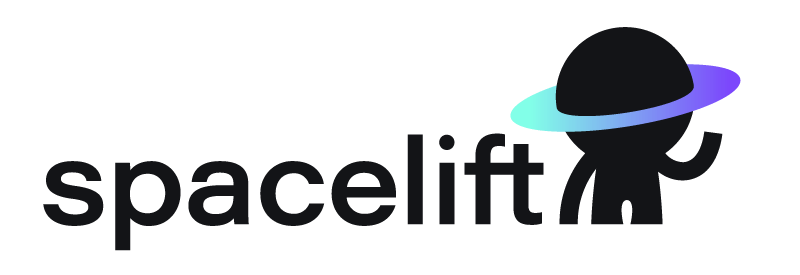Is Massdriver right for your team?
Massdriver is the only platform that bridges the gap between Devs and Ops with a visual, diagram-based interface that's actually powered by real Infrastructure-as-Code.
Click on each competitor logo below to take an in depth look at how Massdriver stacks up, or watch this quick video where our CEO, Cory O'Daniel, briefly talks through a few DevOps tools and use cases that fit each.
Which tool is right for you?
What about Backstage?
It's common to hear the question: "Is Massdriver like Backstage?" While both are used in the context of internal developer platforms, they solve fundamentally different problems.
Spotify Backstage is an open-source framework focused on service discovery and developer experience. It provides a central service catalog where teams can document their software, surface operational metadata like CI status or ownership, and expose internal tools through plugins. Backstage shines in organizations where complexity and scale require a unified portal to improve visibility and collaboration.
Massdriver, on the other hand, is a platform purpose-built for enabling self-service infrastructure. It allows operations teams to define reusable, validated infrastructure modules with built-in guardrails. Product teams can then safely deploy cloud infrastructure through a visual interface, without needing to know Terraform/OpenTofu, YAML, or cloud-specific details. Massdriver includes real-time insights into system architecture, cost, and health, out of the box.
Using Both Together
While Backstage helps developers discover and interact with internal services, Massdriver helps them securely deploy and operate those services in the cloud. For example, a Backstage plugin can link to Massdriver environments for provisioning or status visibility, giving developers a seamless experience from service registration to infrastructure deployment.
In short: Backstage organizes your developer portal. Massdriver powers the infrastructure behind it.
Backstage Plugin Coming Soon
We've had some recent requests for a Backstage plug-in. If you would like to be notified when the plug-in is available, sign up here.




